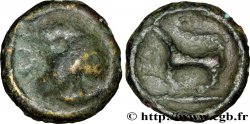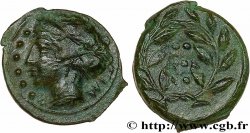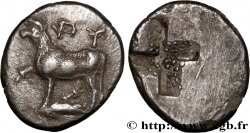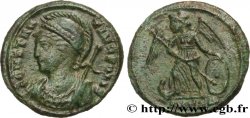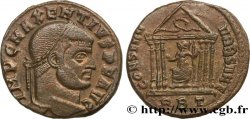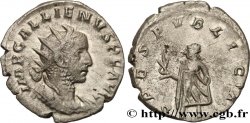E-auction 498-408023 - bgr_505419 - APULIA - RUBI Unité
You must signin and be an approved bidder to bid, LOGIN TO BID. Accounts are subject to approval and the approval process takes place within 48 hours. Do not wait until the day a sale closes to register. Clicking on « bid » constitutes acceptance of the terms of use of cgb.fr private e-auctions.
Bids must be placed in whole Euro amounts only. The sale will start closing at the time stated on the item description; any bids received at the site after the closing time will not be executed. Transmission times may vary and bids could be rejected if you wait until the last second. For further information ckeck the E-auctions F.A.Q.
NO BUYER'S FEE.
NO BUYER'S FEE.
| Estimate : | 150 € |
| Price : | 31 € |
| Maximum bid : | 32 € |
| End of the sale : | 31 October 2022 14:01:00 |
| bidders : | 7 bidders |
Type : Unité
Date: c. 300-225 AC.
Mint name / Town : Rubi, Apulie
Metal : copper
Diameter : 14,5 mm
Orientation dies : 10 h.
Weight : 3,03 g.
Rarity : R2
Coments on the condition:
Exemplaire sur un petit flan épais et irrégulier à l’usure importante, lisible et identifiable. Patine marron foncé
Catalogue references :
Predigree :
Cet exemplaire provient du stock de Bernard Poindessault
Obverse
Obverse description : Tête laurée de Zeus à droite.
Obverse legend : GR. SE. E
Reverse
Reverse legend : ANÉPIGRAPHE.
Reverse description : Tyché drapée debout à gauche, tenant une (phiale) patère de la main droite et une corne d’abondance de la main gauche.
Reverse legend : RU
Reverse translation : (Rubi).
Commentary
Ce type semble plus rare que ne le laisssent supposer les ouvrages généraux. C’est la première fois que nous présentons ce type à la vente.







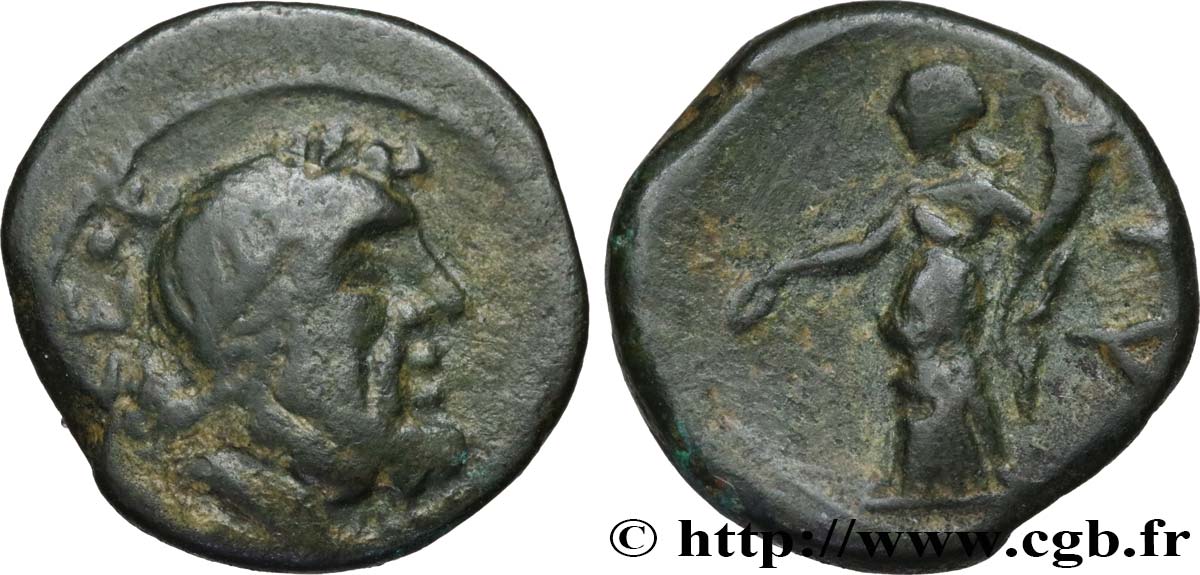
 Report a mistake
Report a mistake Print the page
Print the page Share my selection
Share my selection Ask a question
Ask a question Consign / sell
Consign / sell
 Full data
Full data